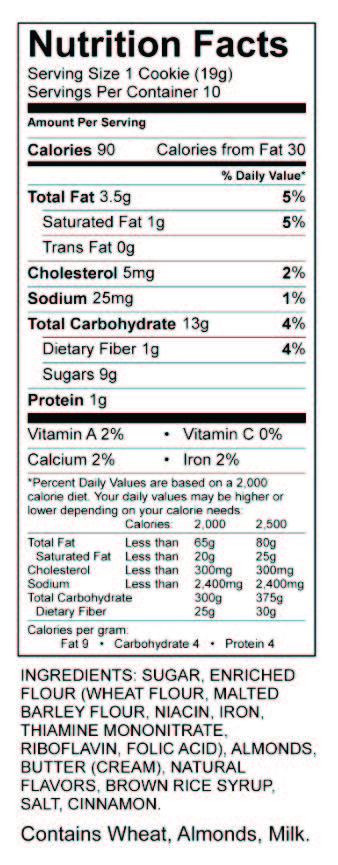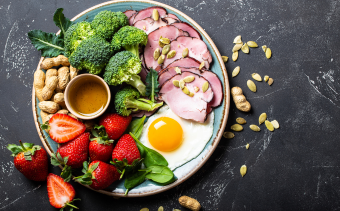Foods with High Sodium Content
Processed Meats
- Sausage
- Hot dogs
- Lunch meat
- Ham
- Bacon
- Pepperoni
Condiments
- Ketchup
- BBQ sauce
- Soy sauce
- Salad dressing
- Gravy
- Marinara sauce
Seasonings
- Table salt
- Teriyaki sauce
- Marinades
- Garlic salt
- Onion salt
Canned Items
- Canned soups
- Canned produce
- Ramen noodles
Salty Snack Foods
- Potato chips
- Crackers
- Cheetos
- Salted nuts
- Chex Mix
Fast Foods
- Most restaurant foods
(dine-in or takeout)
Foods with Lower Sodium Content
Fresh Foods
- Fresh produce
- Fresh meats
- Fresh dairy products
Frozen Fruits &
Vegetables
- Frozen Fruits & Vegetables
Seasonings
- Table salt
- Teriyaki sauce
- Marinades
- Garlic salt
- Onion salt
Snacks
- Unsalted popcorn
- No salt added crackers
- Pretzels
- Corn tortilla chips
What is Sodium?
Sodium is a mineral found in most foods that helps balance how much fluid your body keeps. It also helps regulate nerve impulses and muscle contractions. Kidney disease may cause the kidneys to be unable to remove excess sodium from the body causing it to build up in the blood. Because sodium attracts and holds water, blood volume increases.
This can cause:
- High blood pressure
- Swelling
- Thirst
- Heart disease
- Stroke
Levels of sodium in the blood should be monitored by a healthcare provider. The normal level of sodium should range from 135 to 145 mEq/L. Low sodium diets limit total consumption to 1,500 to 2,000 mg daily. Check with your physician to receive the daily limit that’s right for you.
Hypernatremia is the medical term that describes a sodium level in your blood that’s higher than normal.
Salty Misconceptions
The biggest contributor to sodium consumption is not the salt shaker. Approximately 75% of the sodium you eat comes from sodium added to processed foods and restaurant foods. This makes it difficult to choose foods with less sodium and to limit how much sodium you are eating because it is already added to your food before you purchase it.
Kidney patients should NOT eliminate salt completely from their diet. Sodium is an essential nutrient that controls blood pressure and ensures nerves and muscles work properly, so you need the proper amount.
Sea salt does NOT contain LESS sodium than table salt. Sea salt typically contains the same percentage of sodium as table salt.
High levels of sodium are not only found in food. Some over-the-counter medications contain high levels of sodium. Be sure to read drug labels carefully.
Tips for Reading a Food Label

- Pay close attention to single serving size.
- Limit snacks to 140-150mg per serving.
- Limit meals to 400-500mg.
- Avoid items that have over 8% of your daily value.
- Compare food labels of various brands.
- Avoid products that list salt or sodium containing compoiound in the first 5 ingredients:
- Monosodium glutamate (MSG)
- Sodium bicarbonate (baking soda)
- Baking powder
- Disodium phosphate
- Sodium citrate
- Sodium nitrate
Cooking Tips:
1. Take time to plan ahead.
2. Shop the outer portion of the grocery store.
3. Use fresh meats and produce. Avoid processed food.
4. Use spices that don’t list “salt” in their title (example: choose garlic powder instead of garlic salt).
5. Cook from scratch and use spices, herbs, lemon, garlic, ginger, vinegar, and pepper to season food.
6. Keep a food journal.



